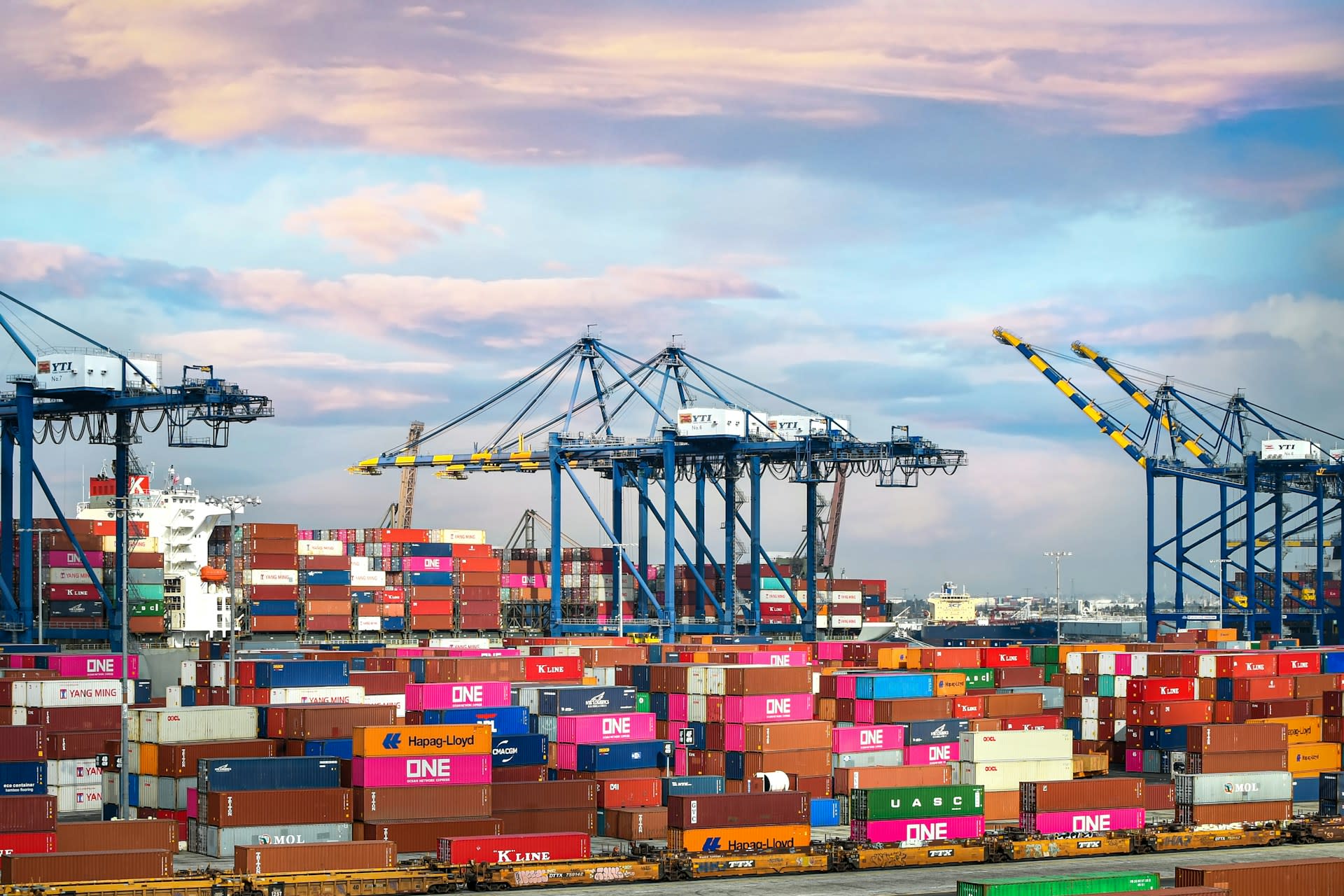
Navigating Tariffs? Here's How Foreign Trade Zones Can Help Your Business Stay Competitive
Manufacturing Month Feature Article
With ongoing debates about tariffs and trade policy, many businesses are asking the same questions: What impact will these changes have—now and in the future? And more importantly, how can we prepare?
Tariff policies continue to evolve, creating uncertainty and making it harder for businesses to plan long-term—especially when it comes to managing supply chains and protecting profit margins. So what strategies can help? One powerful tool is the Foreign Trade Zone (FTZ).
What is a Foreign Trade Zone (FTZ)?
A Foreign Trade Zone is a designated area in the United States that is considered outside of U.S. Customs territory for duty and tax purposes. This means businesses can bring in foreign goods into the FTZ without immediately paying duties. As long as the goods remain in the zone, no duty is owed. Duties are only paid when the goods leave the zone and enter the U.S. market—and sometimes, the duty on the final product is actually less than the duty on the raw materials.
Here’s How It Works:
Let’s say you manufacture chocolate bars. You import unprocessed cocoa into your FTZ. Because it stays within the zone, you don’t pay a duty on the cocoa. You then use that cocoa to produce chocolate bars. When those bars leave your facility, you pay duty on the finished product—not the raw cocoa.
This matters because, in some cases, the duty rate for the finished product is lower than the rate for the raw material. That means you’ve not only deferred the duty until the point of sale, but you may have also reduced the total amount owed.
And if you export those chocolate bars outside the U.S.? No duty is paid at all, since the goods never technically entered U.S. commerce.
How Can Your Business Use an FTZ?
FTZs are typically located near ports of entry, and businesses in proximity to these areas may be eligible to participate. Fortunately, our region is close enough to the San Diego port of entry to qualify.
To use an FTZ, your business must certify its location and meet specific security and reporting standards to track the movement of goods in and out of the zone. There are setup costs involved, so this solution is generally best suited for businesses that import large volumes of goods.
But for those that do, the benefits can be substantial:
- Improved cash flow through duty deferral
- Potential duty reductions
- Protection against future tariff changes
- A competitive advantage over businesses that don’t have FTZ access
Get Help Evaluating FTZ Options
There are free resources available to help you determine if an FTZ is right for your business. The earlier you explore this option, the better prepared you'll be to adapt to future trade changes—and stay competitive in a shifting global market.
Have questions or want to learn more?
Contact the Southern California Wine Country EDC at connie@socalwinecountryedc.com and (951) 557-8040.
